Surprising Stories: Marie Antoinette at the Tuileries 1789-1793

October 16, 2023 will mark the 230th anniversary of Marie-Antoinette’s regicide at the age of 37. While the queen’s life story and tragic destiny have inspired novels and films, an exhibition at the National Archives–Louis XVI, Marie-Antoinette and the Revolution–focuses on a specific period, when the royal family was imprisoned in the Tuileries palace from 1789 until 1792. Have a sneak peak at this little known episode of royal history in the latest of our Surprising Stories series.
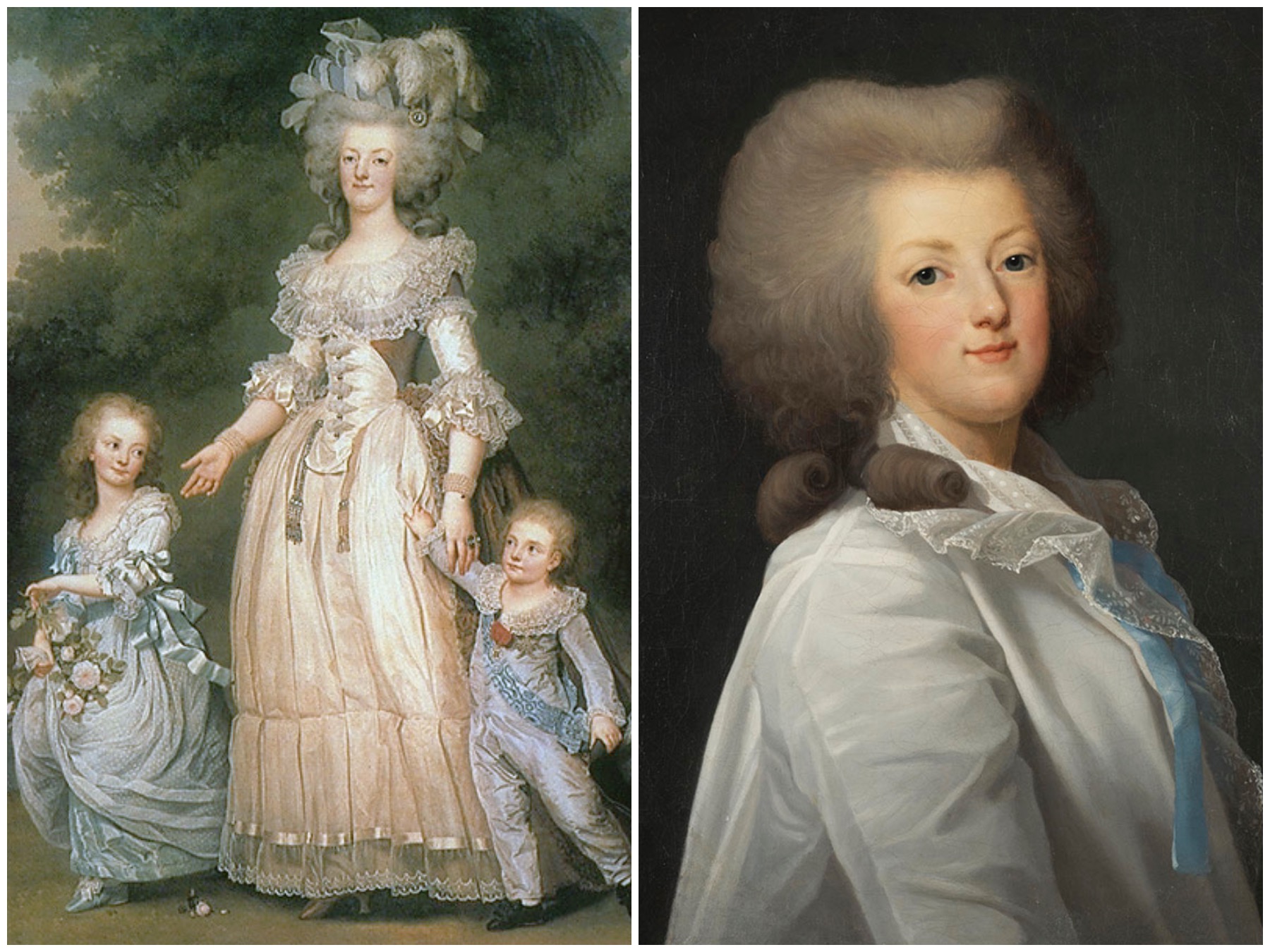
Portraits of Marie-Antoinette pre-Revolution by Swedish artist Adolf Ulrik Wertmüller, Marie-Antoinette with her children, around 1785 and Marie-Antoinette around 1785-88
“Royal House” Arrest at the Tuileries
The appeal of this exhibition is twofold: it focuses on a moment when the fate of the royal couple was not yet determined, evoking how the monarchs perceived the unfolding Revolution. The atmosphere of the Tuileries—where the family resided until the king was taken to the Temple, the former headquarters of the medieval knight’s templar in Paris, and the queen transferred to the Conciergerie–demonstrates the time period’s tensions and uncertainties. The constant anxiety for the royal couple, the king’s younger sister Elizabeth, and their children is made palpable when viewing the personal manuscripts and objects on display.
In June 1791, the family had tried to flee abroad, but were arrested in Varennes. Since their arrest, the fate of the royal family was in suspense. Depictions of the life of the royal family via paintings, furniture and exceptional documents, such as the list of gaming debts accumulated by the king and queen as they passed hours in guarded seclusion, provides a fascinating backdrop to Revolutionary events.
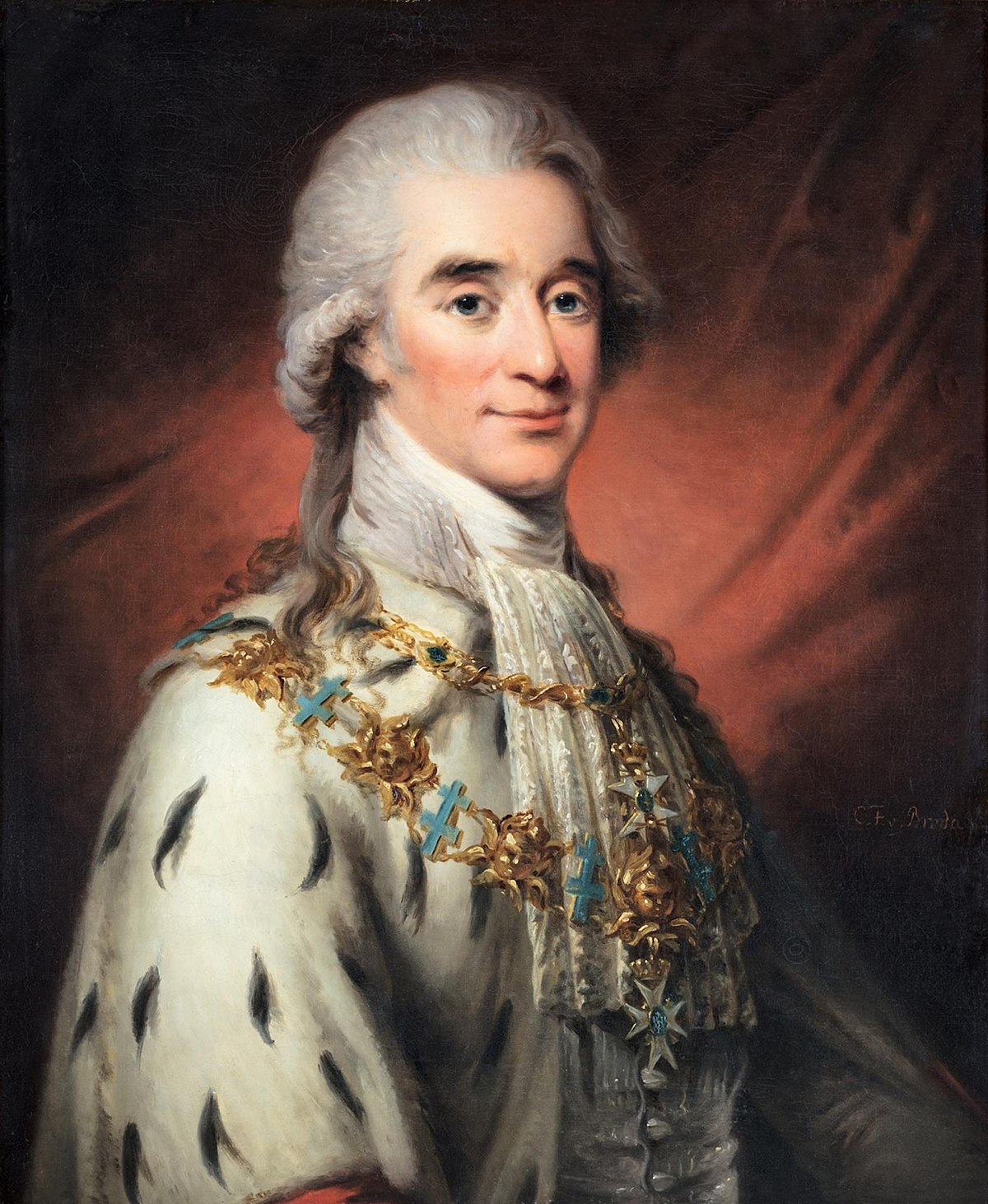
Axel von Fersen by Carl Frederik von Breda c 1800 / CC
Axel von Fersen, the Queen’s friend or lover?
Marie-Antoinette met the Swedish count, Axel von Fersen, for the first time at an opera ball in Paris in January 1774. The queen would not see him again for another four years, when he returned to France and was presented to her, as well as to the king, on August 25, 1778. The queen could not hide her attraction to the handsome Swede. It was so visible that Fersen decided to leave Versailles in 1780 to follow French General Rochambeau to America to fight alongside the Insurgents in the American Revolutionary War. On June 7, 1784, he was in the suite of his sovereign, Gustave III, on an official trip to Versailles. She knew that what she called “her friendship with Fersen” was the object of slander and very daring libels against her.
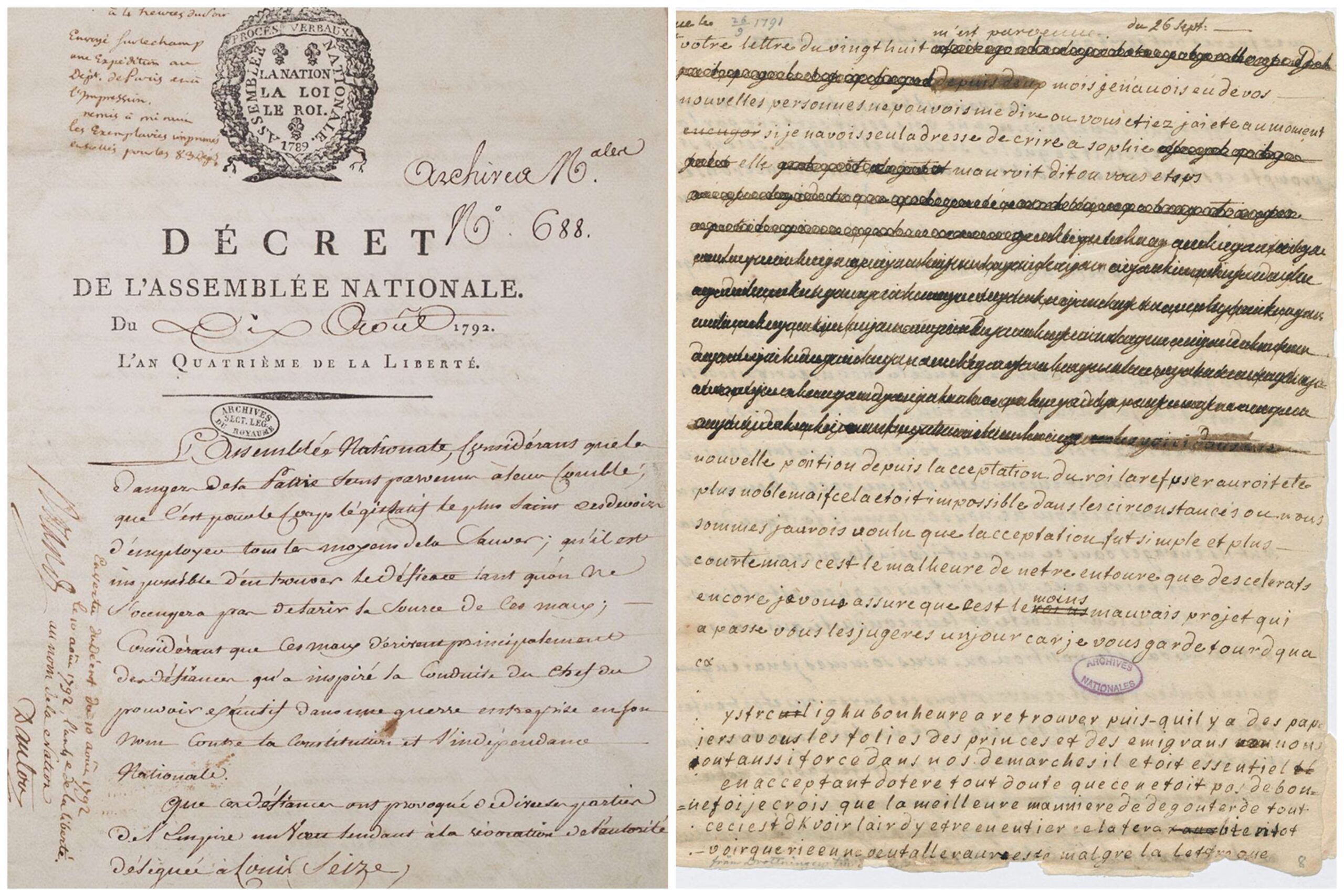
Decret by the French National Assemblée of 1792, Letter to Axel von Fresen
It was Fersen who would later arrange the famously botched flight from the Tuileries to Varenne, but he remained loyal to the queen, and unsuccessfully plotted to help her escape from the Conciergerie. One of the highlights of the exhibition is examples of their coded correspondence that has been deciphered. The inevitable question “Were they lovers?” will never find a conclusive answer, but the letters offer intimate glimpses to the queen’s most treasured friendship.
The catalogue to the exhibition, in French, is lavishly illustrated with reproductions of rare documents from the National Archives collection. The essays by eminent historians and specialists in charge of the project that examined the correspondence with Fersen, along with timelines, make it accessible to all those interested in the history of Revolutionary France.
Louis XVI, Marie-Antoinette and the Revolution is on at the National Archives until November 6, 2023 (with a summer closure from July 6-Aug 30).


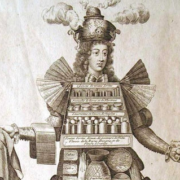
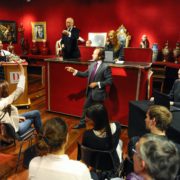






Leave a Reply
Want to join the discussion?Feel free to contribute!